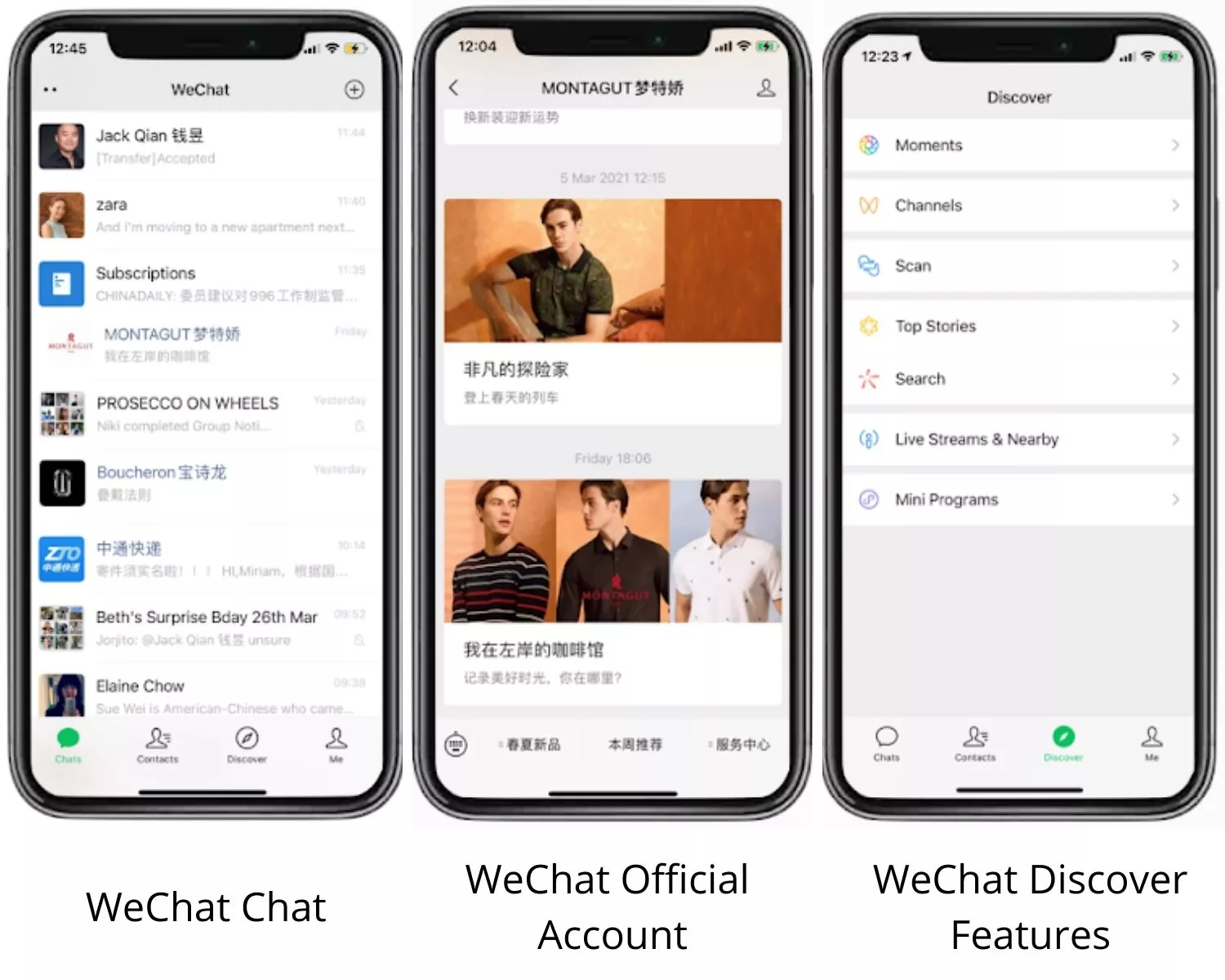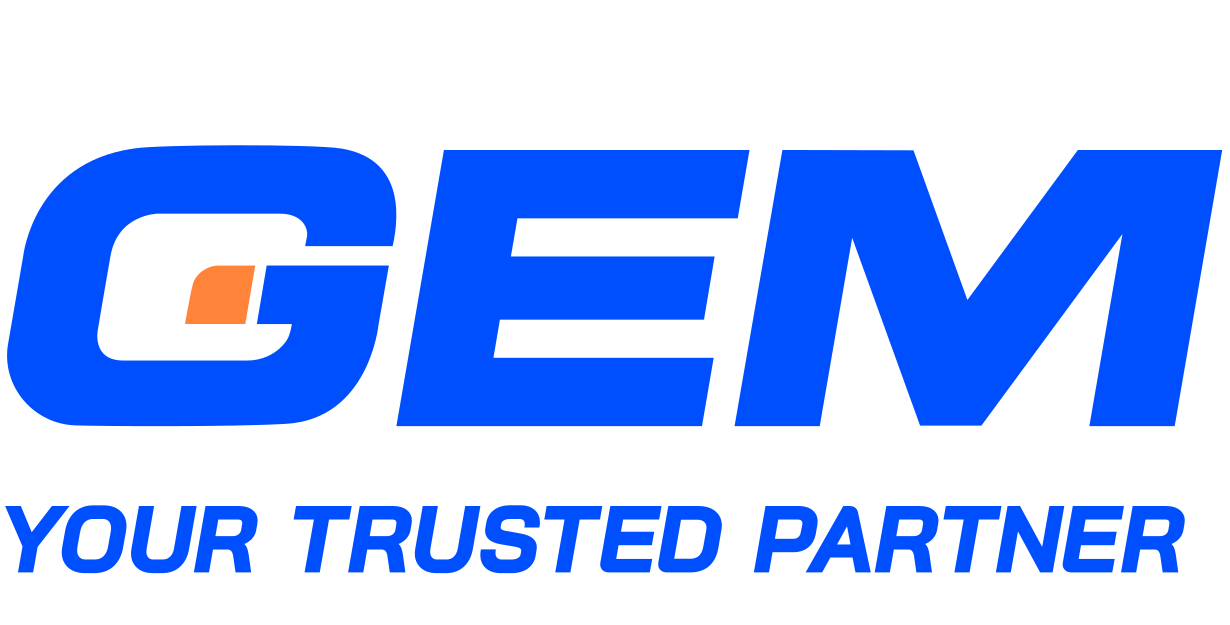Contents
- Defining super apps
- Factors driving the rise of super apps
- The challenges of developing super apps
- Bring your ideas to life faster
- than ever before
- Emerging trends in super app development
- The recommended tech stack for super app development
- Closing remark
- Time Is Money – Stop Wasting Both
- Are you looking to develop a powerful super app solution?
Gartner believes that by 2027, over half of the global population will be using multiple super apps daily.
In Southeast Asia, super apps have rapidly gained traction, with Vietnam emerging as a significant player in this digital shift. The country’s vibrant tech landscape and a youthful, tech-savvy population have accelerated the growth and adoption of these multifunctional platforms.
This article explores the key trends and insights driving super app development in Vietnam, placing them within the context of software development trends 2025 and highlights how these solutions will have an increasing role in transforming digital experience and contributing to economic growth.
Defining super apps
What is a super app? A super app is an application that contains many sub-apps (mini-apps) and integrates various types of services and features on a single platform. These solutions typically combine social networks, e-commerce, and other services, allowing users to have a seamless experience without constantly switching between different platforms.

Factors driving the rise of super apps
Several key factors have facilitated the growing importance of super apps as the new ideal choice to meet user demands and yield unprecedented convenience.
Fragmented app landscape
The global mobile app market is still rather scattered, with thousands of single-purpose apps catering to different specific needs, such as ride-hailing, social media, online banking, and accommodation booking. This fragmentation can be inconvenient, especially in a busy and fast-moving world.
In addition, installing these various apps can increase the pressure on your device’s memory and processing power.
As a result, the current app market has a growing demand for super apps to consolidate services and streamline the user experience.
High smartphone penetration and Internet usage rates
The widespread adoption of smartphones and internet connectivity has laid the foundation for the global super app phenomenon. With smartphone penetration exceeding 60% globally in 2023, billions of users carry powerful minicomputers in their pockets and have constant access to a high-speed internet connection.
In addition, the mobile-first mindset is today’s new norm. Statista reports that in mid-2023, nearly 60% of global online browsing occurred on mobile devices. This reality further stresses the role of super apps in catering to the significant shift in user behavior.

The challenges of developing super apps
The rapid growth of super apps is undoubtedly impressive, but developing these multifunctional platforms comes with its own set of significant challenges.
Complexity
One of the primary challenges in developing a super app is managing its inherent complexity. Super apps are typically multifunctional and offer many features and services. Integrating and maintaining various functionalities within a single app requires careful planning, architecture design, and a scalable infrastructure. Ensuring that all components work seamlessly together can be a daunting task, but this task can be addressed with a solid technical architecture and effective project management.
Technical architecture
Building a robust technical architecture may involve the following:
- Building a microservices architecture to benefit from independent services that can be developed, deployed, and scaled separately, thus enhancing flexibility and resilience.
- Using containerization technologies like Docker and Kubernetes to provide isolated environments to ensure that services run consistently across different environments and can be efficiently managed and scaled.
- Leveraging cloud platforms to scale super apps elastically based on demand, minimizing downtime, and optimizing performance with managed services.

Project management
In addition, effective management is crucial to navigate the complexity of super app development, with some recommended practices such as:
- Employing agile methodologies, which are characterized by iterative development, cross-functional teams, and regular sprint reviews to facilitate continuous improvement and timely delivery.
- Leveraging project management tools like Jira, Trello, and CI/CD pipelines to maintain project momentum.
User experience
In developing super apps, providing a seamless and intuitive user experience is crucial. However, ensuring consistency in design, navigation, and user flows can be challenging, especially when integrating functionalities from different providers or third-party APIs.
For instance, in the case of WeChat, the app incorporates a vast array of functions in different aspects of life such as messaging, calling, digital wallets, a Facebook-like social media feed, and news discovery. Each of these features comes with unique requirements for interfaces. This creates a challenge for designers to build a cohesive experience that feels intuitive and effortless for users navigating such diverse functionalities.

The role of constant testing and user feedback is pivotal in solving this problem. These two courses facilitate an iterative design process to ensure that the app evolves to meet user needs and preferences.
Integration and API management
Super apps often rely on integration with multiple external services, APIs, and data sources. Managing these integrations, ensuring data consistency, and handling potential issues, such as versioning and compatibility, can be complex. Robust API management and proper documentation are crucial to streamline this process and make sure all integrated services work harmoniously and that any changes or updates do not disrupt the overall functionality of the app.
For example, LINE, a popular super app with nearly 200 million monthly active users, illustrates the intricacies of effective integration and API management.
LINE integrates numerous services, including messaging, mobile payments, and transportation services, each requiring seamless interaction with different APIs and data sources. Therefore, one of the key challenges LINE faces is maintaining data consistency across these diverse services. For example, when a user updates their profile information, this change must be reflected accurately across all integrated services.
To address this, LINE employs robust API management strategies. They utilize middleware and integration platforms to create a unified interface for managing diverse integrations. This approach helps ensure that all services communicate effectively, reducing the risk of data inconsistencies.
Security and privacy
Handling sensitive user data, payment information, and personal details is a critical challenge for super apps. Any lapse in security can lead to severe consequences, including legal ramifications and loss of user confidence.
As a result, robust authentication, authorization, and data protection measures must be put in place to maintain user trust and protect against security breaches.

Scalability and performance
With a large user base and multiple functionalities, super apps should be scalable and performant. One major challenge in architectural design is ensuring the system can handle high traffic loads without degrading performance. Apart from user traffic, the system must also support business scalability to adapt to frequent changes and additions in business logic, which is extremely common in super app systems. This requires the development team to design data models that are consistent, clear, and logically structured, and ensure business logic is centralized and well-organized.
Another critical challenge is optimizing database queries. To be more specific, database-related challenges involve:
Scalability
To achieve scalability, data often needs to be partitioned (sharded) across multiple databases. This requires complex design and management to ensure data is efficiently distributed and accessible.
Performance
In this aspect, the two key tasks are query optimization and caching. First, database queries must be optimized to minimize response times, especially important for the high query volumes in super app systems. This includes using appropriate indexing, avoiding unnecessary joins, and optimizing query structures.
Meanwhile, for caching, implementing caching solutions (e.g., Redis, Memcached) can significantly reduce direct database queries.
Consistency
Ensuring data consistency across database nodes is crucial, particularly when multiple users are accessing the system simultaneously. This involves implementing strategies to handle concurrent data modifications and maintaining synchronization across distributed databases.

Regulatory compliance
Operating in multiple jurisdictions with different regulatory frameworks adds another layer of complexity for super apps. Adhering to local regulations, data protection laws, and payment regulations is essential. Staying updated with legal requirements and ensuring compliance across different regions is crucial to avoid legal complications.
Tools like OneTrust, TrustArc, and Varonis help manage compliance with automated assessments and policy management with their varied capabilities.
- OneTrust provides automated data assessments, policy management, and privacy impact assessments to ensure regulatory compliance.
- TrustArc offers tools for data inventory, risk assessments, and compliance reporting, helping businesses stay aligned with global privacy regulations.
- Varonis monitors data access and usage, identifies security risks, and ensures compliance through detailed audit trails and automated policy enforcement.

Maintenance and updates
Super apps require regular maintenance, bug fixes, and feature updates to remain competitive and functional. Meanwhile, ensuring smooth updates across various functionalities without disrupting the user experience can be challenging.
To address this concern, the key lies in robust maintenance practices such as:
- Version control systems track code changes, allowing developers to collaborate and rollback if needed
- Automated testing catches bugs early on, preventing them from reaching users
- Continuous integration and deployment pipelines streamline the entire update process.
- Monitoring and logging systems provide real-time insights into application performance and errors, enabling quick detection and resolution of issues.
Bring your ideas to life faster
than ever before
Our agile solutions streamline workflows and cut time-to-market, helping you launch innovations quickly and confidently.
Emerging trends in super app development
Let’s explore some of the key trends driving the development of super apps to unveil the user-centric features that will shape the future of super apps.
Integration: Creating a one-stop platform for everyday needs
The core principle of super apps lies in integration. App developers are increasing the variety of features and services their solutions can accommodate to appeal to the general users. They also go beyond mere quantity, as the integration must result in a frictionless overall experience that benefits its users.
Localization: Understanding the local users
While offering a diverse range of services is crucial, super apps must also cater to the specific needs and preferences of users in each market. This is where localization comes into play – meaning development teams must tailor features and functionalities to resonate with the local user base. For example, integrating features like cash on delivery (COD), which is a widely chosen payment method in Vietnam, demonstrates this commitment to localization. Understanding cultural nuances, preferred payment methods, and popular local services is key to fostering user adoption and engagement in a specific region.
Making the super app human to build engagement and loyalty
Developers are incorporating social features like chat functionalities and loyalty programs to foster user engagement and build brand loyalty. This can involve integrating social media elements or gamifying the user experience by offering rewards for completing tasks or referring friends. Such features create a sense of community and encourage users to spend more time within the super app ecosystem.
AI-driven personalization
Beyond expanding functionalities, AI personalizes the user experience to drive engagement and loyalty. AI-driven functionalities to further enhance the super app solution include:
- Recommendation engines suggest relevant services, products, and content based on user behavior and preferences.
- Predictive analytics anticipate needs, suggesting actions like booking travel arrangements.
- Dynamic user interfaces adapt to individual usage patterns, prioritizing frequently used services.
- AI-powered chatbots offer personalized customer support within the platform.

The recommended tech stack for super app development
What tools and frameworks would be the best picks for super app development? Let’s explore our expert insights.
Front-end development
The front end of a super app is crucial as it directly interacts with users. Therefore, you should choose frameworks that offer a rich ecosystem of tools and libraries that facilitate the development of responsive and high-performance front-end applications.
React.js
Known for its component-based architecture, React.js allows developers to build reusable UI components, making the development process efficient and scalable. Its virtual DOM improves performance, and its extensive community support ensures access to a wealth of resources and third-party libraries.
Angular
Developed by Google, Angular provides a comprehensive framework for building large-scale applications with a strong emphasis on maintainability and testability. Angular’s two-way data binding and dependency injection features simplify the development process and enhance code quality.
Vue.js
In addition to React and Angular, Vue.js also stands out for its simplicity and flexibility. It is characterized by its ease of integration with other projects and its progressive framework approach, which allows developers to gradually adopt its features.
Back-end development
The back end of a super app handles server-side logic, database interactions, and business logic. Some popular options for this important task are Python, Java, and Node.js.
Django and Flask
With frameworks like Flask and Django, Python is an excellent choice for back-end development. Flask is a micro-framework that offers flexibility, while Django provides a full-featured framework with built-in features for rapid development. Django’s “batteries-included” philosophy includes tools for authentication, ORM, and more, streamlining development processes.
Spring Boot
Spring Boot is a powerful framework for building enterprise-grade applications. It simplifies the development process by providing pre-configured templates and tools. Spring Boot’s extensive ecosystem and robust security features make it a preferred choice for large-scale applications.
Node.js
Node.js is a powerful runtime environment that allows you to run JavaScript on the server side, so it enables developers to use the same programming language (JavaScript) for both the front end and back end of a super app.
Meanwhile, Express.js is a widely used framework built on top of Node.js, designed to simplify the process of building fast and scalable back-end applications. It provides a minimalist and flexible structure, making it ideal for creating lightweight and efficient server-side applications.
Together, Node.js and Express.js form a robust tech stack for developing the back end of super apps.
Cloud services
Hosting your super app on a reliable cloud platform ensures scalability and efficient resource management. Your team may consider renowned cloud providers like Amazon Web Services (AWS), Google Cloud Platform (GCP), or Microsoft Azure. These platforms offer a wide range of services, including serverless computing and storage solutions.

Serverless computing services
Serverless computing services like AWS Lambda, Google Cloud Functions, and Microsoft Azure Functions can significantly enhance scalability and efficiency. These services allow you to run code without the need to provision or manage servers, which simplifies the deployment process. As a result, you can reduce operational overhead and ensure high availability.
Furthermore, this approach allows your development team to focus more on building features rather than managing infrastructure.
Mobile app development
To optimize the performance of your super app solution on mobile platforms, selecting the right development tools and frameworks is crucial.
Android
For native Android app development, it is recommended to use Kotlin or Java with Android Studio. Kotlin is considered the preferred language for modern Android development due to its concise syntax and enhanced safety features. Its interoperability with Java and support for coroutines make it a robust choice for building responsive applications.
iOS
Meanwhile, native iOS developers are advised to use Swift with Xcode. Swift, designed by Apple, is recognized for its powerful and intuitive nature. Its performance, safety features, and modern syntax contribute significantly to its popularity among iOS developers.
Cross-platform frameworks
When it comes to building apps that work on both Android and iOS, frameworks like React Native or Flutter are often recommended.
React Native, developed by Facebook, uses JavaScript and offers a rich set of components. Meanwhile, Flutter, developed by Google, uses Dart and provides a high-performance rendering engine.
Cross-platform development with these frameworks is noted for reducing time-to-market and maintenance efforts by sharing codebases across platforms, thereby optimizing development resources and ensuring a consistent user experience on both operating systems.

Security
Implementing industry-standard security practices is crucial for protecting user data and ensuring the integrity of your application. Key considerations include:
HTTPS
It is recommended to encrypt all communications between the app and the server using HTTPS. This practice ensures data integrity and protects against man-in-the-middle attacks.
Encryption
Experts advise using strong encryption algorithms for storing and transmitting sensitive data. Encrypting sensitive data at rest and in transit is essential to protect user information.
Authentication mechanisms
For secure user authentication and authorization, implementing OAuth or JWT (JSON Web Tokens) is suggested. Additionally, using multi-factor authentication (MFA) can enhance security and protect against unauthorized access.
In addition to these practices, conducting regular security audits and vulnerability assessments is often recommended to identify and mitigate potential risks. Implementing a robust security information and event management (SIEM) system can help detect and respond to security incidents in real time.
Database management
Efficient data handling is crucial for the success of any super app. Several options are available, and each is suited to different needs.
Relational database
PostgreSQL or MySQL offers stability, reliability, and extensive community support. PostgreSQL is known for its advanced features and compliance with SQL standards, while MySQL is renowned for its speed and ease of use.
NoSQL database
MongoDB or Firebase is suitable for handling flexible data structures and scalability. MongoDB is known for its document-oriented model, which allows for dynamic schema design, making it ideal for applications with evolving data requirements. Firebase, on the other hand, offers real-time database capabilities, enabling instant synchronization of data across clients.
For complex applications requiring both relational and non-relational data storage, consider using a hybrid approach with databases like CockroachDB or Cassandra. These databases offer distributed architecture and horizontal scaling, ensuring high availability and fault tolerance.
Server-side frameworks
In super app development, server-side frameworks play a crucial role in managing the server-side logic, database interactions, and overall business logic of the application. They provide the necessary tools and libraries to build and maintain scalable, efficient, and secure backend systems. The choice of server-side framework depends largely on the programming language being used.
For Python
Flask and Django are two robust frameworks widely used for building scalable backend APIs.
- Flask is known for its lightweight and flexible nature, making it ideal for smaller applications or services where customizability is key.
- Django, meanwhile, offers a comprehensive suite of tools out of the box, enabling rapid development and ensuring a high level of security and scalability, making it suitable for larger, more complex applications.
For Java
Spring Boot is a powerful framework for developing enterprise-grade applications. It simplifies the development process with pre-configured templates and tools, and its microservices architecture supports the creation of modular and easily maintainable applications.
Spring Boot’s extensive ecosystem and robust security features make it a preferred choice for developing complex and high-performance backend systems.
DevOps and deployment
Version control systems
Version control systems are essential for managing changes in code and collaborating efficiently among development teams. Git is one of the most widely used tools for version control. It allows multiple developers to work on the same project without overwriting each other’s changes and maintains a complete history of code changes. Some widely used platforms that support Git include:
- GitLab: Offers a comprehensive suite of tools for source code management, CI/CD, and project management.
- GitHub: A popular platform for hosting and reviewing code, managing projects, and building software alongside millions of developers.
- Bitbucket: Provides Git repository hosting services and integrates with Atlassian products like Jira for project tracking and collaboration.
CI/CD
In the context of super app development, setting up a continuous integration/continuous deployment (CI/CD) pipeline is considered essential for automating the build, testing, and deployment processes. Tools such as Jenkins, GitLab CI/CD, or Travis CI are often recommended for this purpose.
To ensure the reliability and stability of the application, it is suggested to integrate unit tests, integration tests, and code quality checks into the pipeline. Automated testing and continuous delivery practices reduce the risk of errors and ensure faster release cycles.
In addition to CI/CD tools, infrastructure monitoring and logging solutions like Prometheus, Grafana, and ELK Stack (Elasticsearch, Logstash, Kibana) are highly regarded. These tools provide real-time insights into the health and performance of the application, enabling proactive issue resolution and optimization.
Configuration management
Configuration management tools automate the deployment and configuration of software across multiple servers, ensuring consistency and efficiency. Some popular tools include:
- Ansible: A simple, agentless tool that automates software provisioning, configuration management, and application deployment.
- Chef: Uses a Ruby-based domain-specific language for writing system configuration “recipes” that describe how servers should be set up.
- Puppet: Automates the management of infrastructure, allowing administrators to define the desired state of their systems using declarative language.
Containerization
In containers, Docker enables the creation, deployment, and running of applications. Containers are lightweight, portable, and self-sufficient units that include everything needed to run a piece of software, from the code and runtime to system tools and libraries. Docker simplifies application deployment, scaling, and management by allowing developers to package applications with all their dependencies.
Container orchestration
Kubernetes is an open-source platform that automates the deployment, scaling, and operation of containerized applications. It manages clusters of containers, providing high availability, scalability, and efficient resource utilization. Kubernetes abstracts the underlying infrastructure, allowing developers to focus on application development without worrying about the complexities of deployment and scaling.
Infrastructure as Code
In the context of super app development, Infrastructure as Code (IaC) is a practice that automates the provisioning and management of cloud infrastructure using code.
Tools like Terraform and AWS CloudFormation are popular choices for implementing IaC. By using these tools, you can define your infrastructure configurations in code, which allows for version control and ensures that your setups are reproducible and consistent across different environments. This method reduces the risk of human errors and facilitates managing and scaling your infrastructure.
Monitoring and logging
These two tasks are highly essential for optimizing applications’ health and performance. Prometheus is a powerful open-source monitoring solution that collects and stores metrics, while Grafana is used for visualizing and analyzing these metrics through customizable dashboards. The ELK Stack (Elasticsearch, Logstash, Kibana) is a comprehensive logging solution that allows for the collection, processing, and visualization of log data, providing valuable insights into application performance and issues. Together, these tools enable proactive issue detection and resolution, ensuring optimal application performance.
Additional considerations
To enhance the functionality and user experience of your super app, several additional services and tools prove to be worth considering.
For user analytics and tracking
Google Analytics or Mixpanel provides valuable insights into user behavior, helping you make data-driven decisions to improve user engagement and retention.
Payment gateways
Stripe and Braintree offer robust security features, including encryption and fraud detection, ensuring that user payment information is protected. Additionally, they support multiple payment methods, such as credit and debit cards, digital wallets, and bank transfers to unlock a seamless and flexible payment experience. Their comprehensive APIs and extensive documentation also make integration straightforward, allowing developers to quickly implement secure and efficient payment processing within the super app.
Push notifications
For effective push notifications, Firebase Cloud Messaging and OneSignal are highly recommended.
- Firebase Cloud Messaging offers robust cross-platform support and seamless integration with other Firebase services.
- OneSignal provides advanced targeting and segmentation features, making it easier to reach the right audience with personalized messages
Chat and messaging
For robust in-app chat and messaging functionality, Twilio and SendBird are highly recommended. When adopted in the process of super app development, these platforms have real-time communication features that make the solution more interactive and keep users engaged.
- Twilio offers a comprehensive API for various messaging services, ensuring reliable and scalable interactions.
- SendBird excels with advanced features like group chats, multimedia messages, and moderation tools.
Closing remark
The wave of super apps has expanded across different continents to empower users and offer new growth opportunities for ambitious business owners. As these platforms mature, we can expect them to play an increasingly central role in shaping the future world and yielding even more wonderful changes. Every minute spent on repetitive tasks is a missed opportunity. Leverage AI now to increase productivity, save resources, and focus on growing your businessTime Is Money – Stop Wasting Both
Are you looking to develop a powerful super app solution?
As a pioneer in crafting bespoke digital solutions for Fortune 1000 clients, with an ISO-certified and CMMI-appraised delivery process, GEM Corporation is confident in our ability to deliver a high-performing super app solution that empowers your business.
Connect with our experts, who are available 24/7, via the form below, and let’s discuss how we can thrive in the fast-paced business landscape.






